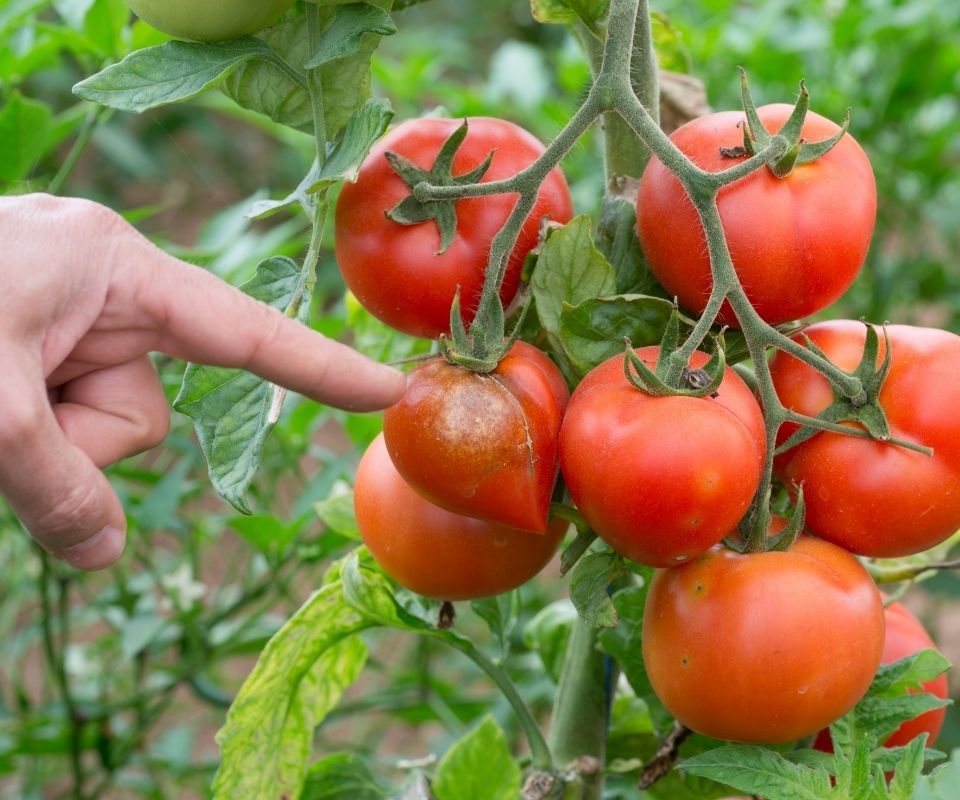Mary, Mary quite contrary, how does your garden grow? Hopefully well once you read these tips on how to prevent garden diseases. ~MC
Everyone wants to have a perfect garden. Nobody wants to find plants in anything less than perfect health. However, the sad truth is that plant diseases happen. If not treated, they’ll spread to the rest of your garden, and what was previously your paradise will quickly become anything but heaven!

The names of plant diseases often match the symptoms, but not always. Still, by identifying the symptoms, you can usually determine the category and use a general treatment for that type. This will at least stop the initial spread, allowing you time to pin it down further.
If your leaves or branches suddenly stop growing entirely, wither, or die, you likely have a form of blight.
Alternaria (Early) Blight
In vegetables, this is called early blight. In trees and ornamental plants, it’s referred to as Alternaria blight. Either way, it’s caused by Alternaria fungi, and begins with black spotting on the lower leaves of plants. These patches grow larger and spread, causing leaves to wither and die. Indented, shrunken spots can appear on branches or on fruit or roots. You can apply baking soda sprays to help prevent this disease, but once it has taken hold in a plant, remove entire infected segments and dispose of them.

Fire Blight
Fire blight is most serious to arborists, as it impacts apple and pear fruits the most. It can also strike other fruit trees, cane fruit like raspberries, and roses. Shoots or branches which contract fire blight will wither and turn black. To combat this, remove infected shoots or branches immediately before the disease can spread into the plant’s roots.
Phytophthora (Late) Blight
Caused by bacteria (Phytophthora infestans), this blight is better known as potato blight and was the cause of the Irish potato famine. In potatoes, tomatoes, and peppers, it’s caused by too much moisture, and shows up as grey-green water-soaked spots on the lower leaves that can gradually spread, followed by cankers on stems. Left untreated, the plant will rot. Applications of compost tea may help prevent this disease. Prune off and destroy any impacted vegetation on ornamentals such as azalea, rhododendrons, holly, or lilacs and on lightly-affected vegetable plants. Remove heavily diseased vegetable plants entirely and destroy them to prevent spread.
Continue reading, How to Detect and Prevent Garden Diseases from our friends at FIX.com here.
The Women's Outdoor News, aka The WON, features news, reviews and stories about women who are shooting, hunting, fishing and actively engaging in outdoor adventure. This publication is for women, by women. View all posts by The WON